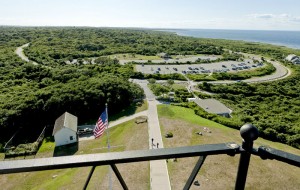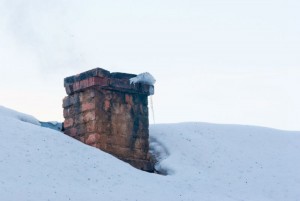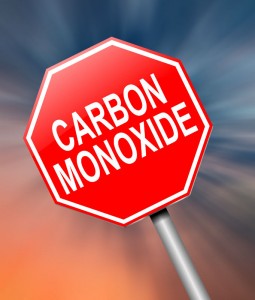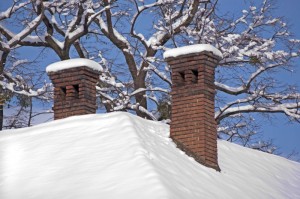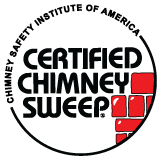Chimneys 101: All About Chimney Caps
Are you familiar with the multiple threats to your chimney and fireplace? From creosote to the deposit of moisture, invasion from animals and other issues, staying informed about what poses a threat to your investment is always a good idea.
A chimney cap is an easy way to minimize threats to your fireplace, chimney and the structure of your home, and offers many benefits for homeowners that you might not be aware of. Check out the information below to learn all about chimney caps.
What is a Chimney Cap?
A chimney cap is a stainless steel, mesh or copper cap that fits to the top of your chimney, allowing the smoke and vapors from burning fires to escape through its vents, but preventing other elements from entering your chimney and making their way into your home.
Despite the necessity of a chimney cap in maintaining the safety and efficiency of your fireplace and chimney, many homeowners are unaware of the issues they face by letting their chimney remain uncapped. In short, a chimney cap is an essential and necessary part of protecting your chimney, fireplace and home from unwanted critters, moisture and weather elements.
Why Do You Need a Chimney Cap?
In addition to its protective properties against wild animals, debris, the elements and excess moisture, a chimney cap serves as a protective barrier between your roof and any floating embers or ashes that might come out through your chimney as you enjoy a fire. Many home fires have been caused as a result of uncapped chimneys sending burning embers onto a home’s roof, causing combustion, structural damage and even home loss.
- Similarly, moisture build-ups in your chimney can cause both structural damage and general deterioration, threating your investment and prompting costly repairs. In addition to inhibiting the amount of moisture that enters your chimney, caps are designed to help route rainwater away from your chimney and off of your roof.
- Chimney caps also prevent non-animal or creosote-based blockages, such as those that result from a build-up of leaves, sticks and wind-borne debris, from creating havoc in your chimney.
- Another benefit you can expect from your chimney cap is a reduction in drafts and excess air flow. During the wintertime, especially in New York, cold gusts of wind and downdrafts can travel through an uncapped chimney, causing heat loss and even blowing smoke and soot into your home. A chimney cap essentially eliminates the occurrence of drafts and gusts of wind coming in through your fireplace.
An uncapped-chimney allows all manner of debris into your home and could potentially cause blockages, damage to your chimney’s structure or issues with venting, any of which can lead to costly, dangerous issues with your investment.
Choosing the Right Chimney Cap for Your Home
So you know you need to invest in a chimney cap, but how can you find the right cap for your chimney and tastes? No matter what you’re looking for, a professional chimney and fireplace company can provide consultation and installation that can put your mind at ease and help you find the right cap for your home. Chief Chimney Services of Suffolk County has been providing superior chimney cap education and installation to satisfied customers for years. Check out our website to browse our services and set up an appointment.



